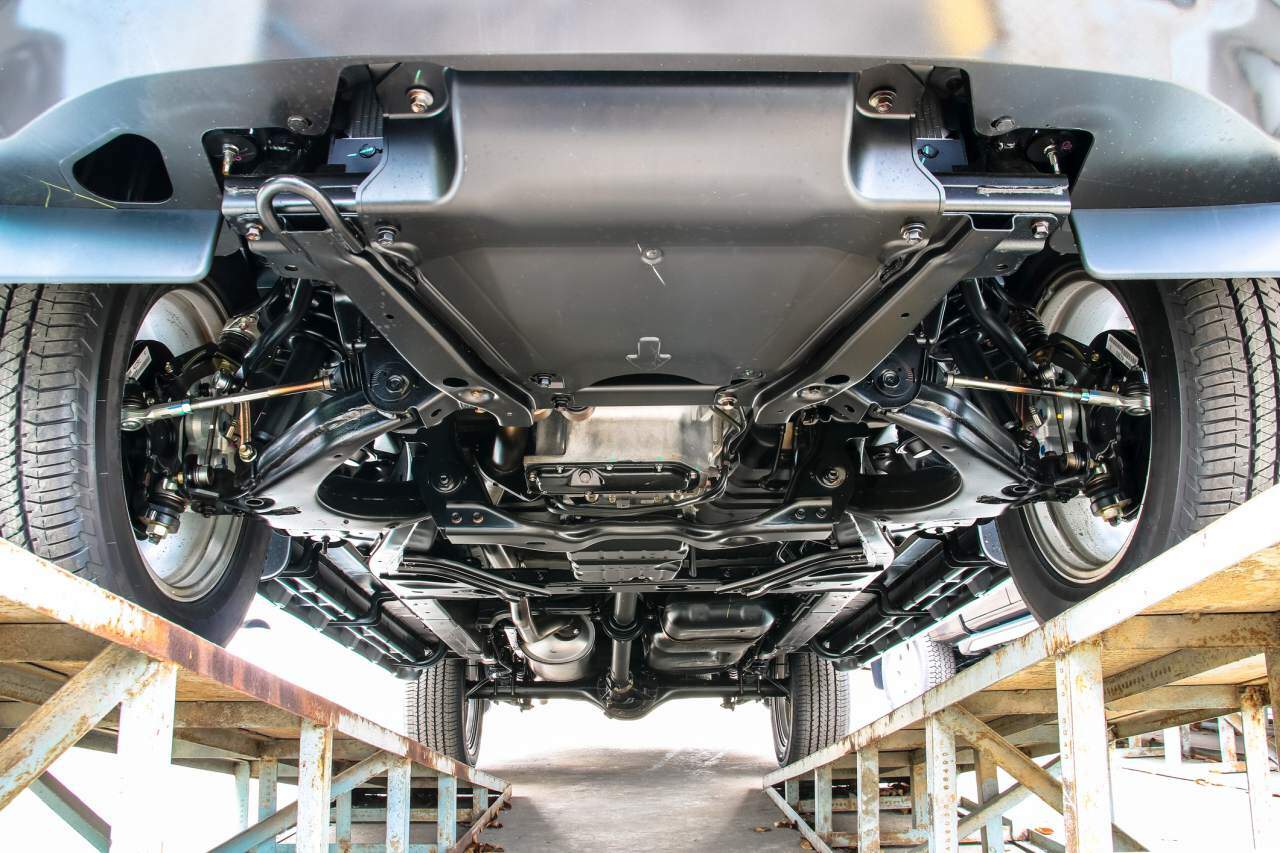
How much does an oil change cost What you should expect to pay
To keep the value of your vehicle, it’s vital to get timely oil changes to maintain the engine’s productivity. This is a relatively simple task – you’ll usually get a notification on your car’s dashboard, alerting you when the car should be serviced.
But even though your car may have a built-in sensor which alerts you to when your car fluids need checking, it’s still a good idea to check the levels yourself from time to time, such as when you get gas.
How much does oil change cost?
According to Kelley Blue Book, an oil and filter change when using conventional oil can range from $35 to $75, depending on where you live.
That price range shifts if your vehicle requires synthetic oil, which may cost more, anywhere from $65 to $125. But, Consumer Reports states you can mitigate that boosted cost as synthetic oil tends to last longer and has to be changed less frequently.
Oil change prices at lube shops vs. car dealerships
According to the Center for Performance Improvement, an advocacy organization in the automotive industry, nearly 65% of maintenance work is performed by non-dealership service facilities, with quick lube shop, Jiffy Lube, accounting for approximately 15% of those.
As noted, an oil and filter change using conventional oil will cost between $35 and $75, depending on your area. If your car requires synthetic oil, you should expect to pay more (anywhere from $65 to $125) but you make up some of that cost, since synthetic oil lasts longer and has to be changed less frequently.
Lube shops are usually less expensive. Choosing a lube shop like Jiffy Lube, Pep Boys, Midas, Valvoline, and the like will be more affordable than getting an oil change from a dealership’s service department. While service is quicker at a lube shop, though, they may not have the expertise or equipment for each and every different model, according to Etags.com
The same source reveals that an oil change service ranges from $20 to $100. For example, a basic change at Meineke costs $29.95. Midas charges $49.99 for synthetic oil, Walmart charges $20-$30 for conventional, while Firestone's premium service is $100.You may also be able to find a coupon for a national lube ship which can bring your cost down even lower.
Data from Cox Automotive, Autotrader’s parent company, indicates that the typical cost of an oil change at a dealership is about $120. Dealerships may also have specialized technicians who are well trained on specialty or luxury cars.
How often should you get your oil changed?
It’s customary for oil and lube to be recommended every 3,000 miles, for standard motor oil, at least. Kelley Blue Book, an auto industry leader in car values, says engines with newer technology often use synthetic oil and can travel 5,000, 7,500, and even 10,000 miles between oil changes. Your vehicle's owner’s manual outlines the manufacturer’s suggested oil change schedule.
Kelley Blue Book also reports that drivers in the United States travel about 12,700 miles a year, and if you’re going about 6,000 miles every six months, that’s a good benchmark to schedule an oil and lube for your automobile.
If you do more highway travel, or have a car with an older engine, you may want to pursue quarterly oil changes. Again, check your manufacturer’s recommendations.
Conventional vs. synthetic oil – what’s the difference?
Conventional motor oil is refined from crude oil that’s taken from the ground, and synthetic motor oil is lab-engineered, according to the Department of Energy. Synthetic oil costs more than conventional motor oil, but both conventional and synthetic oils contain chemical additives which are added to improve efficiency. (Blended oils are also available.) The Universal Technical Institute says that when fully formulated, motor oil is designed to serve a variety of different functions, including:
Separating and lubricating moving parts.
Reducing engine wear.
Helping to prevent deposits from forming on internal engine components.
Removing and suspending dirt and contaminants in the oil until these contaminants can be removed at the next oil change.
Cooling engine parts.
Maintaining engine fuel efficiency and performance.
Providing protection across a wide range of temperatures.
Functioning as hydraulics in variable valve timing.
Helping protect the emissions system.
How to save on oil changes
Be coupon savvy
To save on oil changes, look on retailers’ websites for promo codes or coupons. Also check vendor coupons that could be directly mailed. Use your free offer
In addition, when you purchase or lease a car from a dealership, it’s not unusual for the dealership to provide your first oil change for free. Be sure not to miss this money-saving opportunity. Choose an independent provider
Locally-owned lube shops may run special prices or have loyalty club pricing offers. See if they will match the price of national retailers–it never hurts to ask.
Change the oil yourself
Buying your own oil and performing your own oil change is certainly a way to save. Consult with someone who knows the correct way to do it, or watch tutorials online from trusted sources. Shop around for motor oil to snag the best prices. Remember, safety is paramount, so wear protective gear and follow protocols carefully.






comments 0